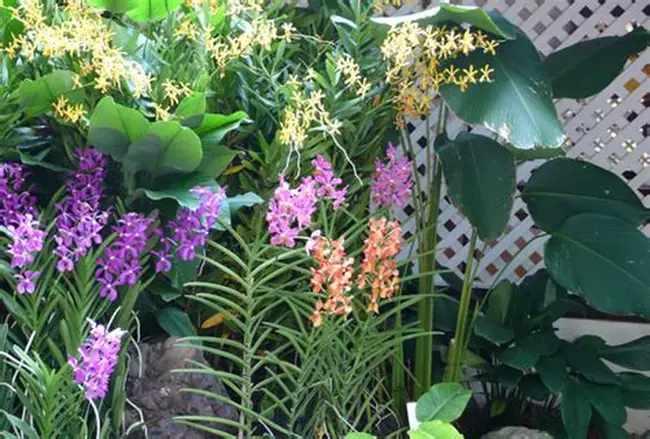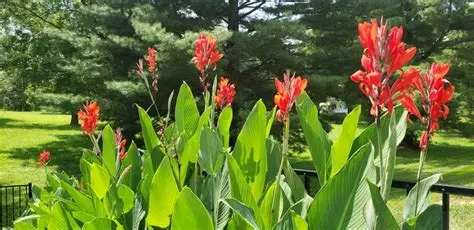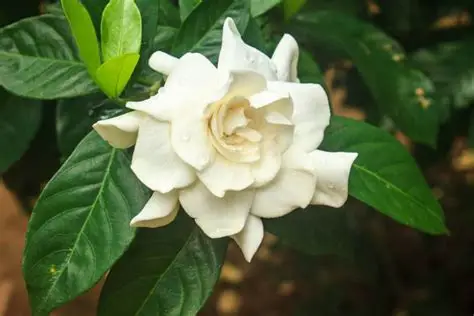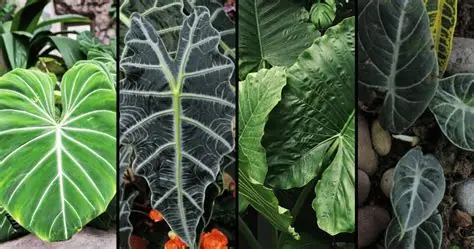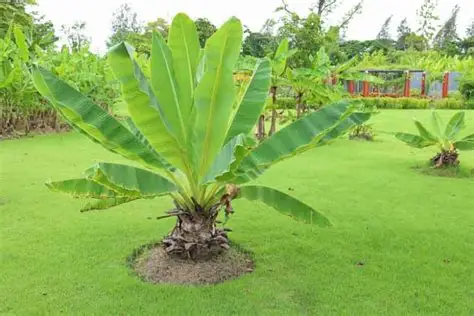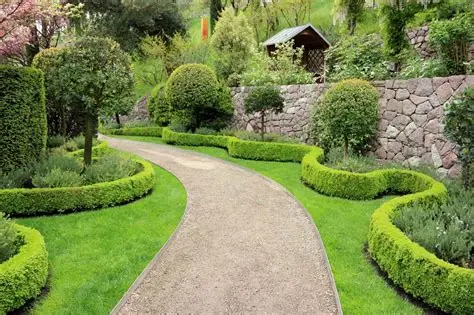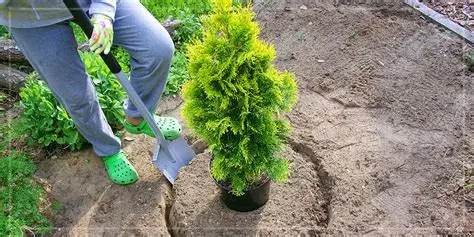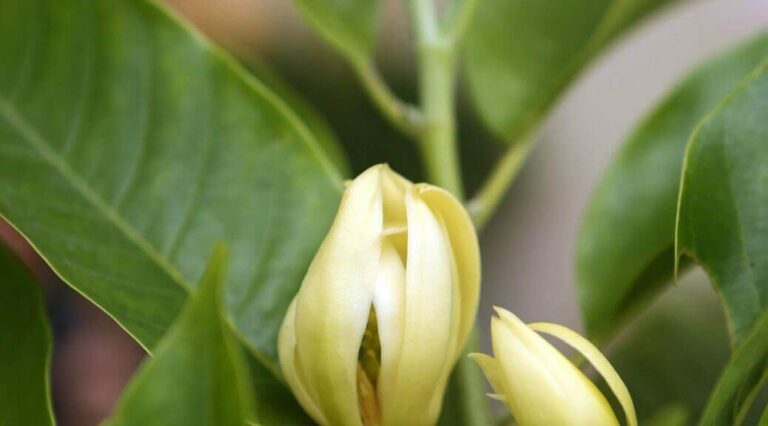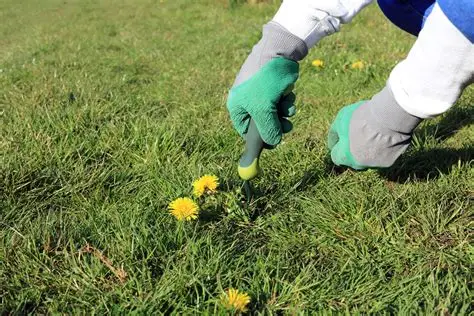5 Outdoor Plants That Thrive in Tropical Climates
Creating a lush, vibrant outdoor space in a tropical climate is less about chasing exotic plants and more about choosing the right ones that already flourish in hot, humid environments. In this article, we’ll explore five top-performing outdoor plants for tropical climates: why they work, how they benefit your space, suitable product options (with real examples you can buy), how to select and purchase them, and what problems they solve in your garden setting.
Why choose plants suited to tropical climates?
Tropical climates typically include high humidity, consistent warmth, strong sunlight, occasional heavy rainfall, and minimal frosts (if any). If you pick plants that are well adapted to those conditions, you’ll enjoy several key benefits:
-
Robust growth: These plants won’t stall or struggle because they are built for heat and humidity.
-
Low maintenance: Rather than fighting the climate (watering too much, shading excessively), you’ll use plants that love the environment and require fewer corrective interventions.
-
Aesthetic impact: Tropical‐adapted plants often carry bold foliage, dramatic textures, and vibrant colours, helping you achieve a “tropical garden” look.
-
Environmental resilience: Plants suited to the local climate are more likely to resist pests, fungal issues, and stress from weather extremes.
With that in mind, let’s dive into each of our five picks and explore them in depth.
Canna Lily (Canna indica)
Description & suitability:
The canna lily (Canna indica) is a standout tropical plant thanks to its bold foliage and showy flowers in shades of red, orange, yellow, or bicolor. It thrives in warm, humid conditions and is well documented as a top choice in tropical gardens.
Benefits:
-
Visually dramatic: The large paddle-shaped leaves bring immediate tropical vibes.
-
Year‐round impact: In suitable climates, they will grow vigorously and flower reliably.
-
Focal or background: Can be used as an anchor plant in a garden border or as a container focal point.
Use case & problems solved: -
If your garden feels flat or lacks texture, planting canna lilies introduces large, bold leaves and striking colours.
-
If you have a moist border or edge of a pond, canna lilies can thrive in rich, moist soil and tolerate the water.
-
They also fill in gaps rapidly: if you need a quick impact in a tropical setting, this plant works.
How to buy & where:
Look for canna lily rhizomes or potted plants labelled as “Canna indica” or similar cultivars. Choose vigorous stock with healthy foliage and no signs of rot. Many garden centres and online plant retailers supply tropical plant collections.
Gardenia (Gardenia jasminoides)
Description & suitability:
Gardenia jasminoides, commonly called gardenia, is an evergreen shrub native to subtropical and northern tropical regions. It features glossy dark green leaves and fragrant white blooms. In a warm, humid climate, gardenia thrives outdoors rather than being forced indoors.
Benefits:
-
Fragrance: The heavily scented white flowers add an aromatic benefit to your tropical garden.
-
Evergreen interest: Even when not flowering, the shiny foliage provides year-round greenery.
-
Shade or filtered sun tolerant: In hot tropical settings where midday sun may be intense, gardenia can handle some filtered glare.
Use case & problems solved: -
If you want a scented garden corner or patio where you relax in the evenings, gardenia will give you fragrance plus visual beauty.
-
If your hedge or boundary planting needs evergreen structure that tolerates heat and humidity, gardenia is a good choice.
-
If you struggle to find flowering shrubs that do well in warm, humid climates, gardenia offers consistent performance.
How to buy & where:
Purchase from a reputable nursery offering tropical shrubs. Look for healthy root systems, no yellowing leaves, and buds present if possible. Choose a size appropriate to your garden space.
Elephant’s Ear (Colocasia esculenta / Alocasia spp.)
Description & suitability:
Elephant’s Ear plants (various species such as Colocasia esculenta and Alocasia spp.) offer huge, bold foliage that looks at home in a tropical garden. They love warm and moist conditions and add dramatic texture.
Benefits:
-
Texture: Those big leaves immediately give a “jungle” feel.
-
Versatility: They can be used in shade or partial shade, providing useful coverage under trees or in the garden’s lower layers.
-
Refreshing: In humid climates, the large leaf surfaces help create visual coolness and green relief.
Use case & problems solved: -
If your garden lacks lush green structure and feels sparse, elephant’s ear fills that visual gap quickly.
-
If you need a plant to soften hard edges (walls, fences) or provide a lush backdrop, this is ideal.
-
If you have a damp corner (but not waterlogged permanently), the plant will thrive where others struggle.
How to buy & where:
Search for large potted elephant’s ear plants labelled Colocasia or Alocasia, ideally with healthy, undamaged leaves. Confirm that the plant is suitable for outdoor use in your climate (since tropical plants may need protection if temperatures dip).
Banana Tree (Ornamental) (Musa spp.)
Description & suitability:
Ornamental banana plants (Musa species) are prized for their towering stems and broad, lush leaves, which create a dramatic canopy effect. They flourish in warm, humid, tropical climates.
Benefits:
-
Statement piece: A banana plant becomes a visual anchor, giving height and scale.
-
Layering: It helps create a multi‐layer garden design by providing mid to upper foliage levels.
-
Atmosphere: The swaying leaves and rustling in the breeze add ambience.
Use case & problems solved: -
If you want to build a “holiday resort” feel in your backyard with tall, bold foliage, an ornamental banana helps achieve that.
-
If you have an outdoor area that lacks vertical interest, the banana adds height without needing a tree.
-
If you want to shade or soften a patio wall or fence, positioning a banana plant can help.
How to buy & where:
Select a plant labelled as an ornamental banana (Musa spp.), inspect for robust stems, intact leaves, and absence of pest damage. Choose one sized appropriately for your space, and plant in rich soil with regular moisture.
Garden Palm (e.g., Areca Palm) (Dypsis lutescens)
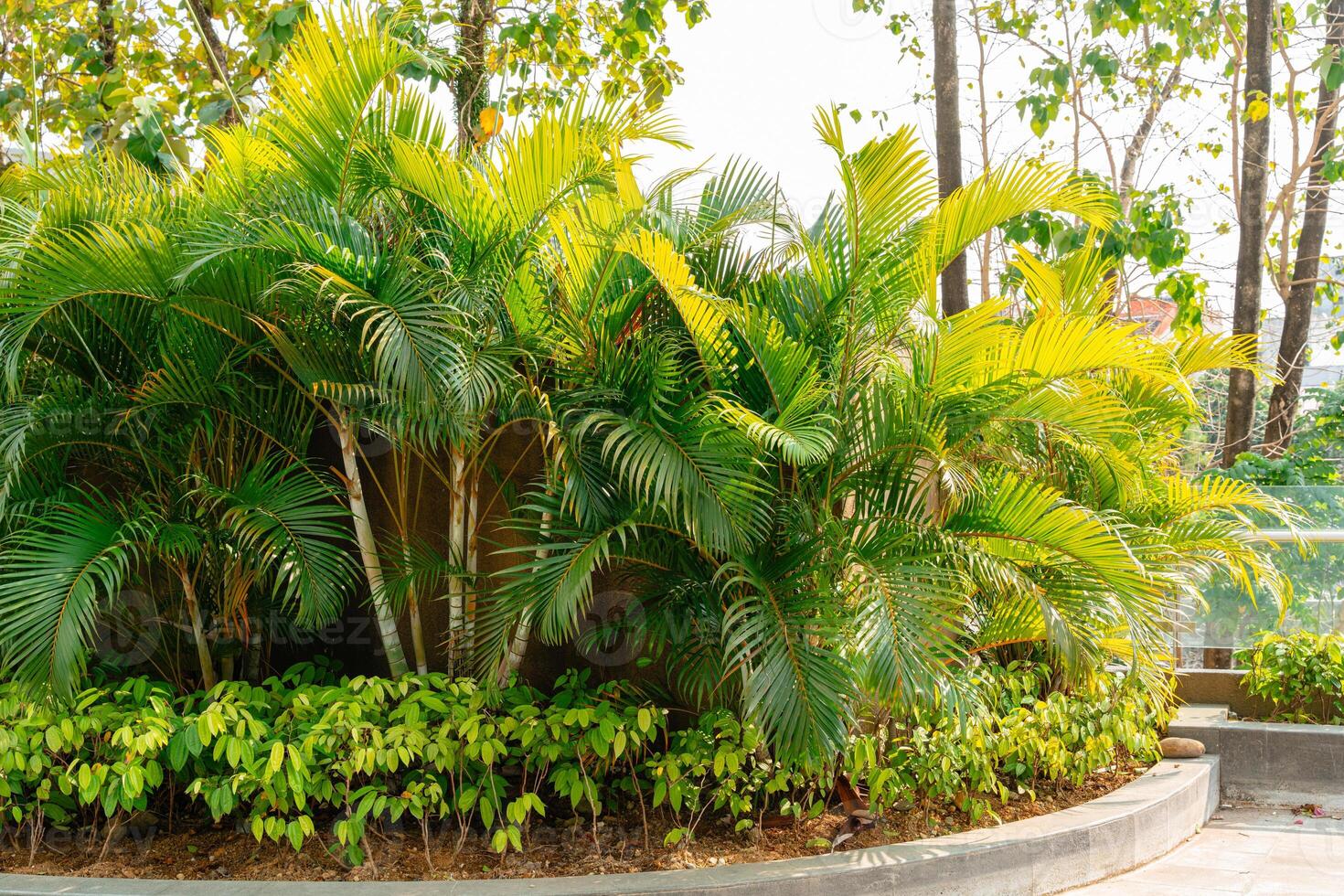
Areca Palm Trees. Tropical gardens with luxuriant dypsis lutescens
Description & suitability:
The Areca Palm (Dypsis lutescens) and similar garden palms are classic choices for tropical outdoor gardens. They thrive in warm, humid climates and offer elegant, arching fronds and a soft texture.
Benefits:
-
Elegance: The graceful palm fronds bring movement, shade, and sophistication.
-
Structure: Palms provide vertical lines and can act as screens or framing plants for garden rooms.
-
Low ground footprint: Many palm varieties don’t spread out horizontally, making them good for narrower spaces.
Use case & problems solved: -
If you need screening from a neighbour or want to frame a patio zone with lush vertical planting, a garden palm fits beautifully.
-
If you have a space where you want height but don’t want a large tree root system, many palms are a lighter solution.
-
If you have strong sunlight and want plants that naturally filter and soften it, palm fronds are ideal.
How to buy & where:
Look for healthy palm plants from nurseries specialising in tropical landscaping. Check for green fronds (no browning tips), a clean base, and no signs of pests. Choose an appropriate size for your location.
Choosing the Right Plant for Your Space (and Climate)
When selecting any of these tropical-adapted plants, consider the following:
-
Sunlight: How many hours of direct sun does the planting spot receive? Some will handle full sun, others do better in partial shade.
-
Soil & drainage: Even in humid climates, plants need well-draining, fertile soil. Avoid permanent waterlogging.
-
Space & scale: Tropical plants often grow quickly and large; ensure you have enough room for the mature size.
-
Moisture & humidity: These plants typically love humidity. If your site is exposed or dry, you may need to increase watering or use mulch to retain moisture.
-
Protection from extremes: While a true tropical garden doesn’t face frost, if your climate dips or you have variation, choose plants accordingly and provide winter protection if needed.
-
Maintenance expectations: Even low‐maintenance plants benefit from regular care pruning, fertilising, pest checks. Choose plants that align with how much time you can devote.
Benefits of Using Tropical Outdoor Plants in Your Garden
Using these plants brings more than aesthetics. Here’s a deeper look at the benefits:
-
Improved micro-climate: Large foliage plants help shade ground surfaces, reduce heat reflection, and moderate temperature in garden zones.
-
Biodiversity: These plants tend to attract pollinators, birds, and beneficial insects in tropical settings, which enriches garden ecology.
-
Mental & emotional wellness: The lush, green, rich textures and colors of a tropical garden trigger a sense of calm, “get-away” feel, and relaxation.
-
Boost to property appeal: A well-designed tropical garden becomes a feature and can enhance outdoor living, entertaining, and resale appeal.
-
Problem solving: If your outdoor area suffers from heat, glare, monotony, or lack of vertical interest, these plants address those specific issues by adding greenery, height, shade, and lushness.
How to Buy & Install: A Step-by-Step Guide
-
Plan your layout: Sketch the garden space, mark sun/shade zones, water supply, and soil type. Decide where to place focal plants (e.g., canopy banana, palm) versus filler/layer plants (gardenia, elephant’s ear).
-
Source plants: Use reputable garden centres or online specialist retailers offering tropical plants. Check plant health, packaging, and shipping conditions (if ordering online).
-
Soil preparation: Enrich your soil with organic matter (compost or well-rotted manure), ensure proper drainage, loosen compacted soil, and, if needed, adjust pH to slightly acidic to neutral (many tropical plants prefer this).
-
Planting: Follow recommended spacing (since tropical plants often grow large). Place plants at the correct depth, water deeply after planting, and apply a mulch layer to retain moisture and suppress weeds.
-
Watering & fertilising: For the first few months, keep the soil evenly moist (not soggy). After establishment, many tropical plants still appreciate regular watering in dry periods and fertilising during active growth seasons (e.g., every 6-8 weeks).
-
Maintenance: Remove dead foliage, check for pests (e.g., mealybugs, scale insects), prune to maintain form, and apply mulch replacement periodically.
-
Monitoring & adjustment: Observe how the plants respond to sun, wind, rain, and soil. If a plant shows bad signs (yellowing leaves, stunted growth), relocate or amend conditions.
Frequently Asked Questions (FAQ)
Q1: Can these tropical plants survive seasonal heavy rains or monsoon conditions?
Yes, many of them are naturally adapted to humid and wet tropical conditions. However, you must ensure the soil drains well and that there is no standing water around roots. During heavy rainfall, move containers to raised beds if possible or improve perimeter drainage.
Q2: What about pest or disease issues in a warm/humid climate?
Because tropical climates can also favour fungi and pests, it’s important to maintain good airflow (avoid crowding plants too tightly), prune out old growth, and monitor regularly for scale, mealybugs, or leaf fungal spots. Using organic mulch and avoiding water-splashing foliage helps reduce disease risk.
Q3: Are these plants suitable for containers rather than in‐ground planting?
Absolutely. Many of the plants listed (such as gardenia, banana, elephant’s ear) can be grown in large containers. Containers give you extra control over soil conditions and moveability if you experience occasional cooler nights. However, choose large pots, use good-quality potting mix, and ensure consistent watering, as containers can dry out faster in tropical sun.

